July 14, 2015: Iran and the United States, along with other world powers, agree to a deal that will place limits on Iran's nuclear program in exchange for relief from economic sanctions.

1945: After World War II, the United States and Iran's shah, or "king," become very close. The United Kingdom, which has had a presence in the region for decades, operates most of Iran's oil wells.

1953: The government of Iranian Prime Minister Mohammed Mossadegh is overthrown in a coup — one fomented by the CIA and British intelligence to allow the resumption of business in the country for foreign oil companies.

1957: Iran begins to set up a nuclear energy infrastructure under the auspices of the "Atoms for Peace" program, a U.S.-promoted plan to spread the use of nuclear power.

1968: Iran signs onto the Nuclear Non-Proliferation Treaty, a binding document that has signatories — aside from the United States, United Kingdom, Russia, China, and France — pledge to only use nuclear technology for civilian purposes.
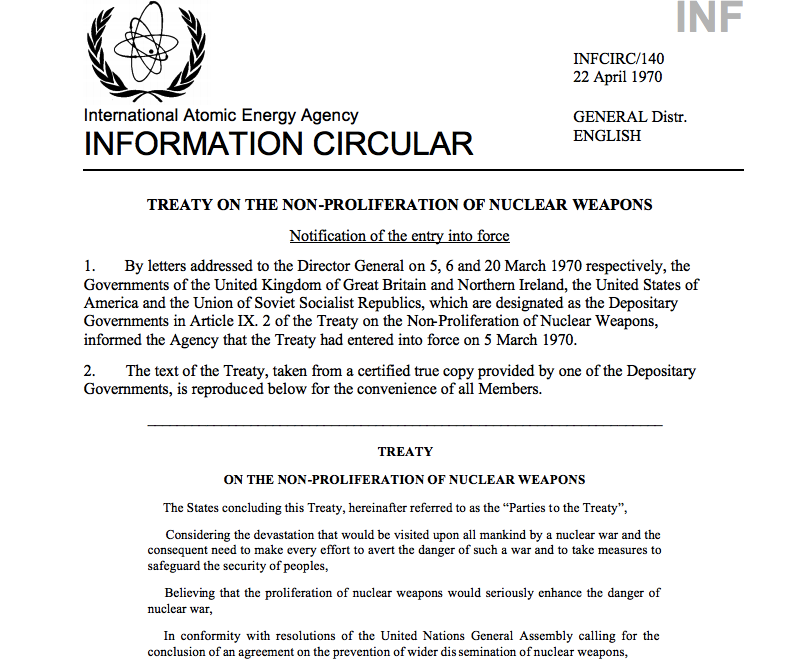
1979: After months of demonstrations, the shah flees Iran in January. Ayatollah Ruhollah Khomenei returns from exile to lead and direct the revolution, declaring Iran an Islamic State.
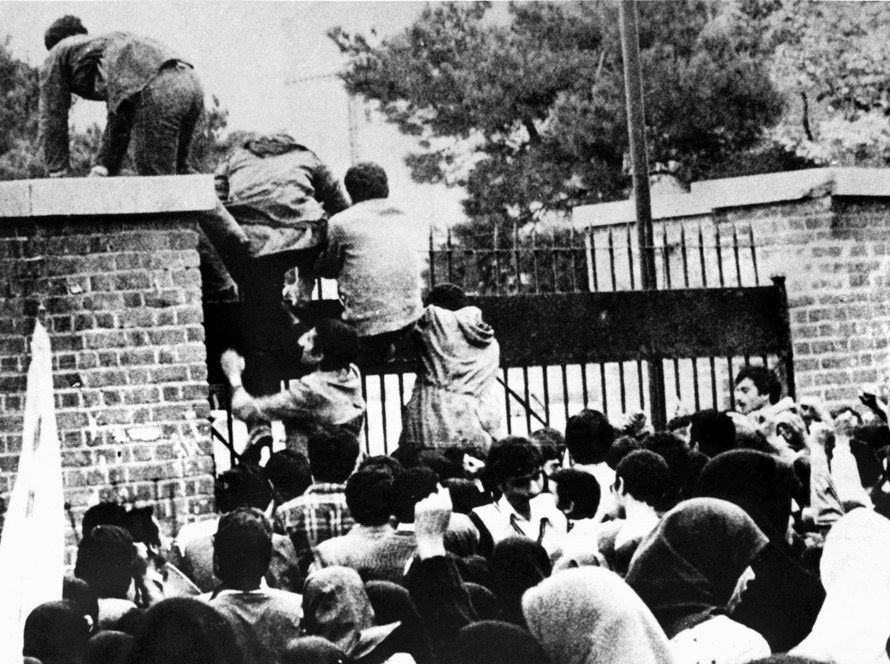

The deposed shah later seeks refuge on medical grounds in the United States, which Washington reluctantly grants. Students in turn scale the walls of the U.S. Embassy, taking the Americans there hostage. The standoff lasts for more than 400 days, before the hostages are released to America.
Late 1980s: A.Q. Khan, the scientist at the heart of the Pakistani effort to create a nuclear weapon, sells designs and nuclear know-how to several countries, including North Korea, Libya, and Iran.
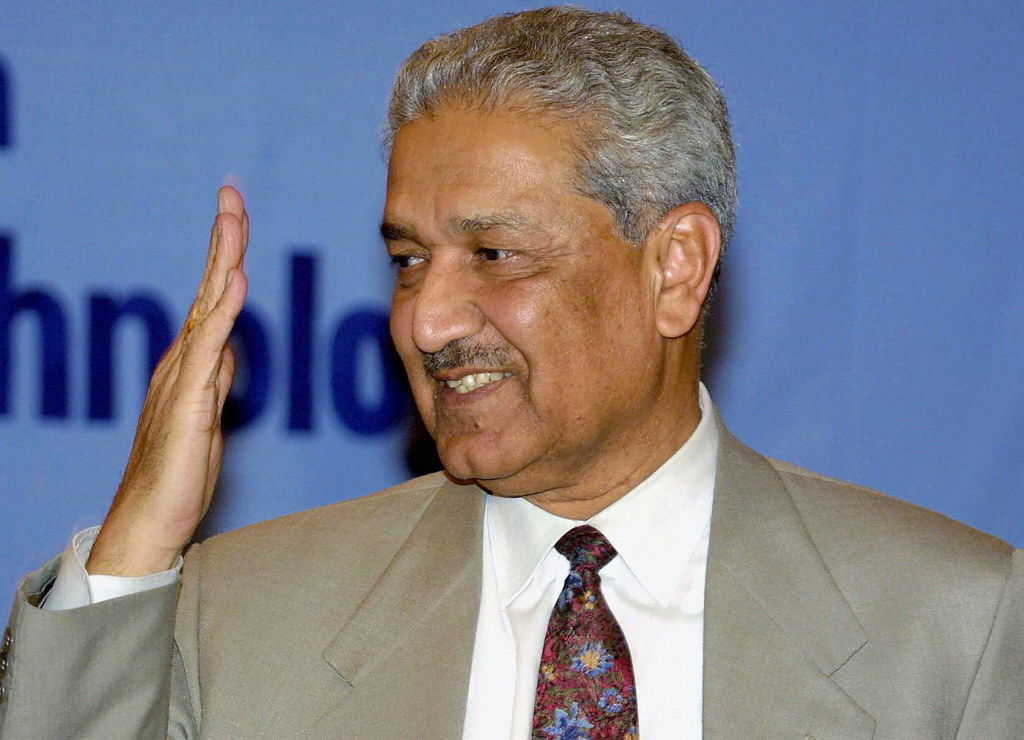
2002: Iranian dissidents — part of the MEK, a group until recently labeled as terrorists by the United States — for the first time publicly reveal details of Iranian nuclear sites near the cities of Natanz and Arak.
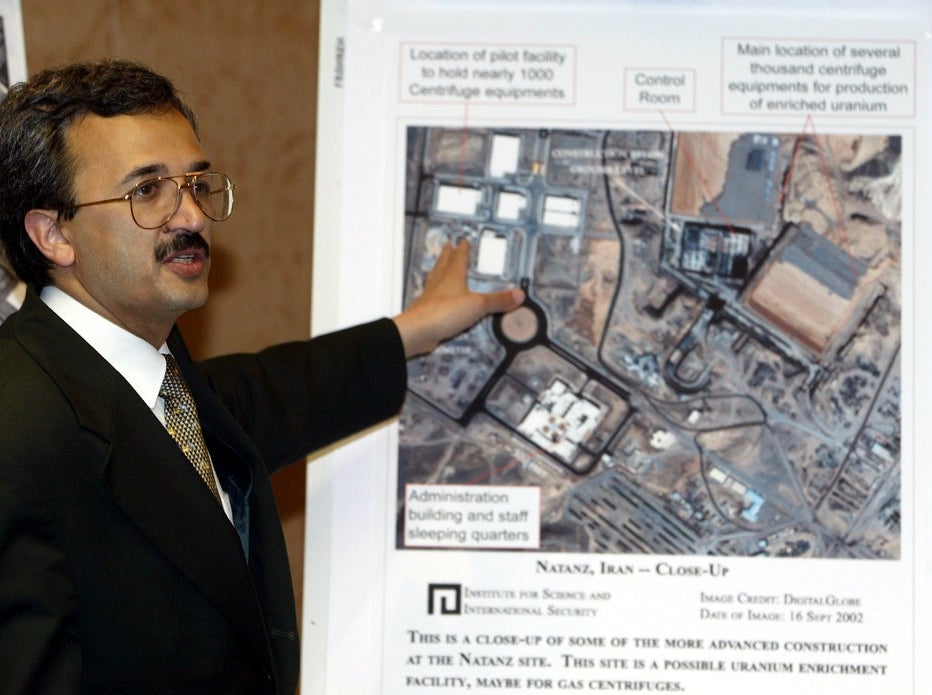

The information provided is later corroborated using commercial satellites. The revelation prompts the Iranian government to insist that it is still adhering to the NPT, has been keeping the International Atomic Energy Agency (IAEA) in the loop, and not producing nuclear weapons.
The United States is less than convinced, accusing Iran of clandestinely running a nuclear weapons program.
2003: The United Kingdom, Germany, and France begin negotiations with Iran over several issues, including its nuclear program. Several proposals to end the standoff are made and rejected in turn by each side over the course of two years.
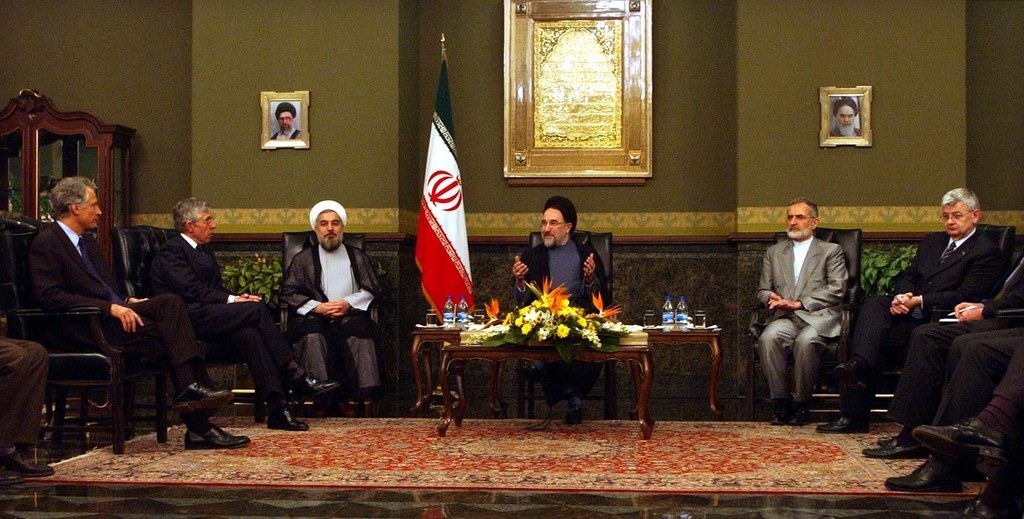
2006: The IAEA determines that Iran has not been forthcoming about its nuclear work and refers the matter to the United Nations Security Council, the body within the UN that can set down legally binding sanctions and authorize the use of force.
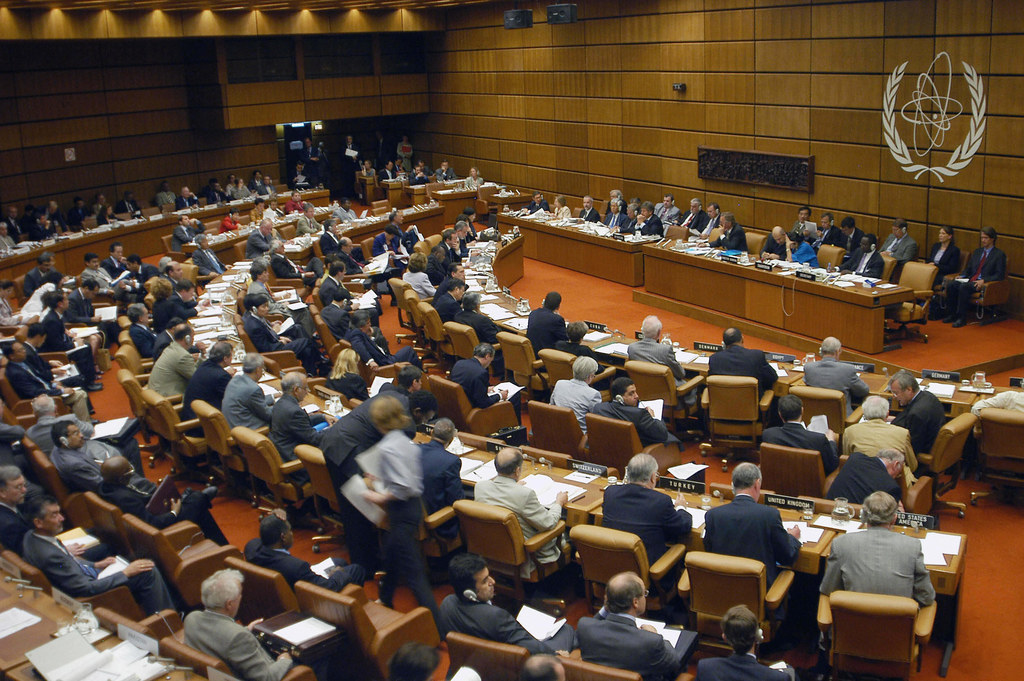
2007: The U.S. director of national intelligence releases a National Intelligence Estimate (NIE) that shows that the intelligence community believes that Iran had halted its nuclear weapons program as of 2003.
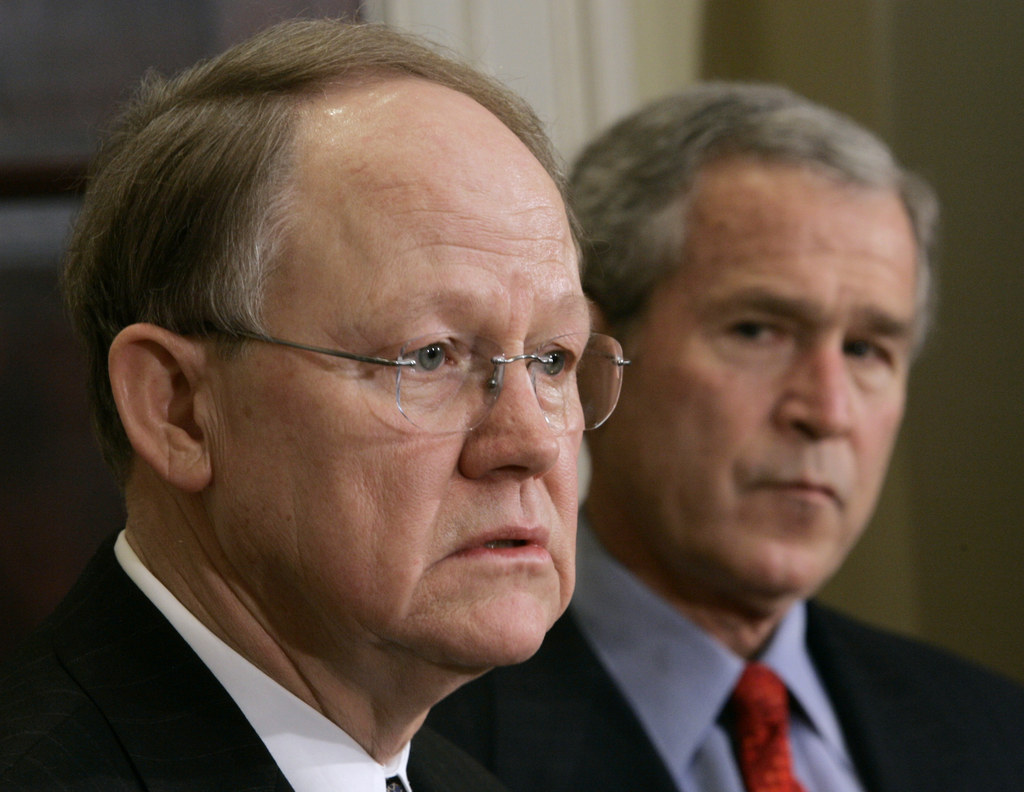
2008: The Bush administration authorizes "Operation: Olympic Games." The goal: to insert a piece of malware into the Iranian nuclear program's computer systems that will cause centrifuges to spin out of control and become damaged.

2009: The United States, France, and United Kingdom reveal the existence of a new Iranian facility. Construction on the Fordo enrichment center, near Qom, began in secret around 2006, they allege, before turning over evidence to the IAEA.

2012: The European Union institutes a ban on Iranian crude oil and petroleum exports. The move is the harshest multilateral blow to Tehran's economic prospects put into place since the standoff began.

June 2013: Hassan Rouhani wins election as president of Iran. Described as a moderate, Rouhani ran — and was allowed to run by the Iranian establishment — on a platform of dialogue with the West over Iran's nuclear program.
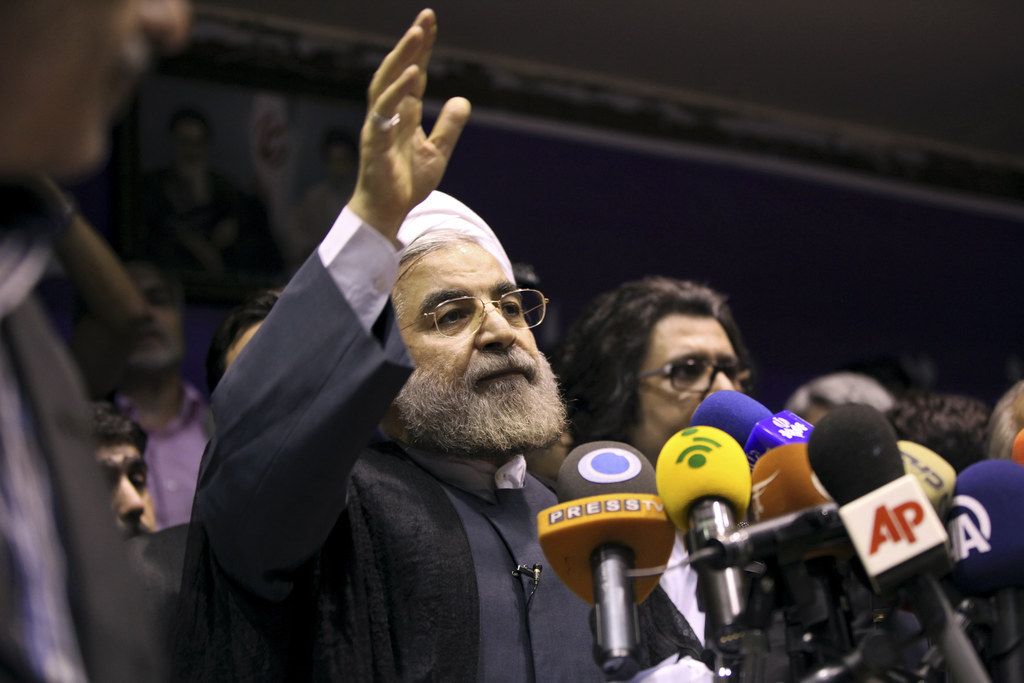
September 2013: U.S. Secretary of State John Kerry meets with Iranian Foreign Minister Mohammad Zarif on the sidelines of the United Nations' annual General Assembly meeting. Days later, President Obama speaks with Rouhani via phone.
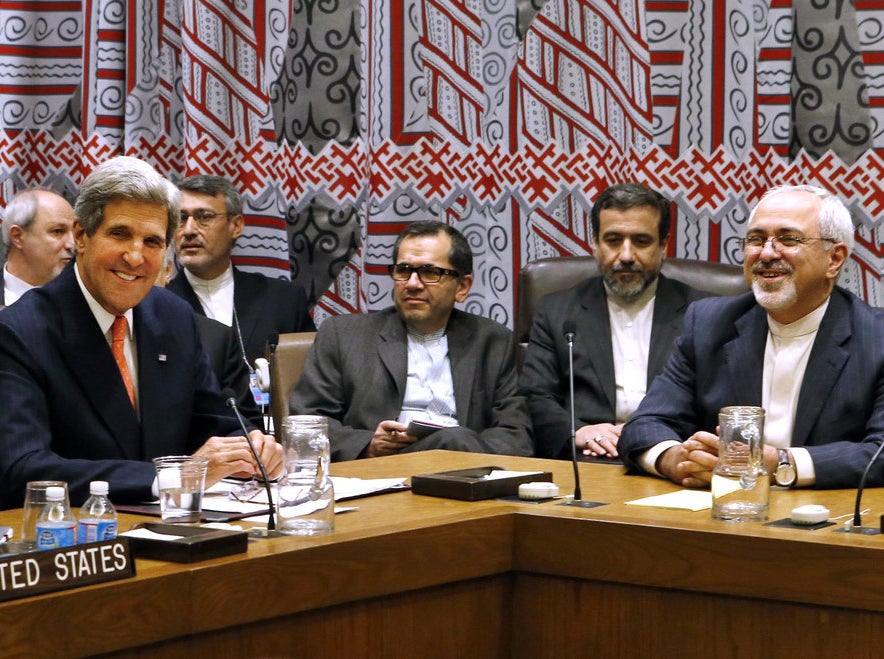
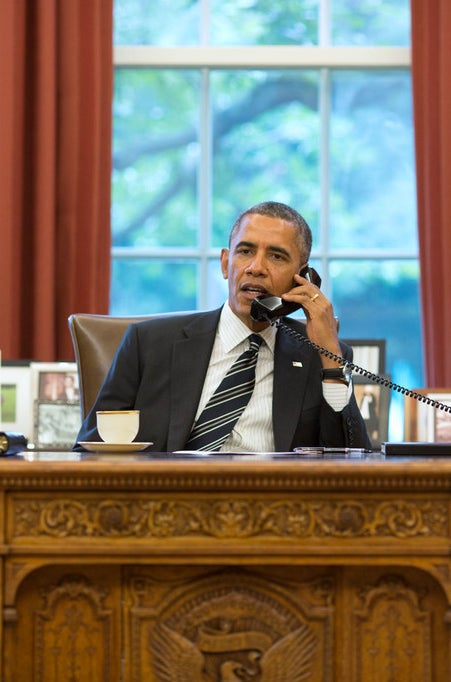
The interactions are the highest level dialogue between Iranian and American officials since the Iranian Revolution. Kerry, following his meeting, announced an acceleration in negotiations with Iran over its program.
November 2013: After meeting in Geneva, the P5+1 and Iran announce what they dubbed the "Joint Plan of Agreement (JPOA)," a short-term agreement to the nuclear standoff that would allow breathing room for a final deal.

April 2015: With the deadline approaching, the negotiating countries and Iran state that they'd agreed on a set of "parameters" for a final deal, and would immediately begin writing a binding final agreement.

July 14, 2015: The P5+1 announce that a deal has finally been finalized.
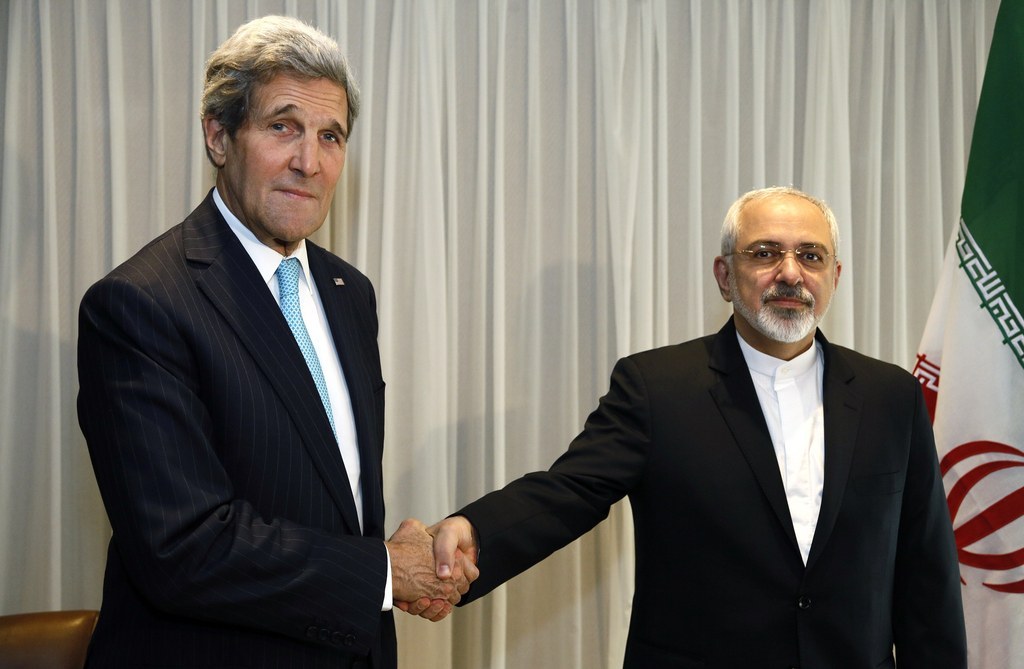
Jan. 16, 2016: The IAEA officially determines that Iran has been compliant with the deal, shipping 98% of its nuclear material out of the country. As a result, the P5+1 begin lifting sanctions put into place on Iran over its nuclear ambitions.

